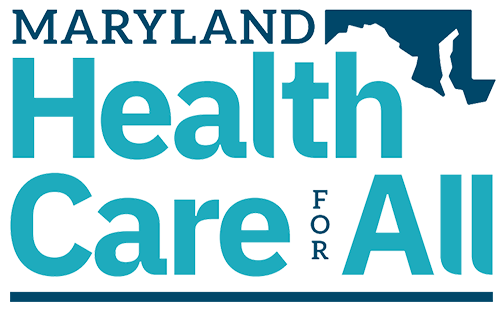Vox
Sara Kliff
January 10, 2018
Maryland is first out of the gate with a plan to replace the individual mandate — an early sign that the states that like Obamacare will be spending a lot of time thinking through what fits best into this gaping health policy hole that the Republican tax bill created.
The Maryland proposal would reinstate financial penalties for those who decide to go without health coverage. Maryland state Sen. Jim Rosapepe, one of the co-sponsors of the plan, tells me they’d like to set the fees similar to where they’ve been under the Affordable Care Act.
And it doesn’t stop there. Instead of simply collecting fines from the uninsured, the Maryland proposal would give those people the option to use their penalty money to purchase a health insurance plan. (You can read a one-page fact sheet about the plan here).
”Instead of looking at it as a penalty, Maryland would look at it as a health insurance down payment,” says Stan Dorn, a senior fellow at Families USA, a pro-Obamacare advocacy group that has worked on the plan.
”The point of this effort is to get people health insurance,” says Rosapepe. “It’s not to penalize people. It was kind of crazy [under the ACA] to collect these penalties and then go spend them for national defense. I’m all for national defense, but why not put that money toward buying these people coverage?”
The idea, as Dorn and Rosapepe outline it, isn’t to collect penalties from people who didn’t buy coverage. Instead, it’s to do everything the state can to nudge those people into using the fee to enroll in a plan.
It does so in a few ways, including:
- Making enrollment in health care — instead of paying the fine — the default option. As the legislators behind the Maryland plan envision it, they would send out a form to those who were uninsured the previous year. It would tell them that unless they take action, the state will use that penalty to pay premiums on a new health plan. The state will describe it as a “health care down payment.” Tax filers would have to check a box to opt out of this option, to affirmatively choose to pay their fine to the government and not get coverage. “If you really want to pay the fine, you check the box,” Dorn says.
- The state begins to play a role in helping consumers shop for health insurance. The Maryland plan envisions a significantly bigger role for the state, where it would match uninsured consumers into zero-dollar premium plans. Usually it’s the individual who does all the shopping and comparisons. But Maryland envisions the state trying to make it even easier to enroll in coverage by taking over that shopping experience. This does, however, raise the question of how the government will decide which plan is the best for the consumer if there are multiple options at zero dollars — and what role that consumer will play in the choice.
- Allowing uninsured Marylanders to hold their penalty fee in escrow until the next enrollment period. There will certainly be people who can’t find a zero-dollar premium plan. These might be people with higher incomes who don’t qualify for federal subsidies and who would be required to chip monthly payments of their own. For those people, Maryland escrow offering to hold the penalty payment in an ESCROW account until open enrollment — when they could shop for a plan that they’d pay for with a combination of the penalty fee and their own money.
Maryland has been thinking about how to deal with Obamacare repeal for a while
The state was able to move quickly because for the past year — ever since Trump was elected to the presidency — it has run a commission on protecting health care. The whole point was to come up with a plan to keep as much of the Affordable Care Act as possible intact in the Maryland should Republicans in Congress be successful with their repeal efforts.
It is that commission that heard a presentation from Dorn on the idea of health care down payments.
The Maryland legislative session runs for 90 days — through early April — and the sponsors of this plan are aiming to get a bill passed by the end of it.
Other states could follow the Maryland approach
Dorn says (and I agree) that this approach would be pretty easy to export to any state that runs its own marketplace and has a state income tax. This list includes nine states: California, Colorado, Connecticut, Idaho, Massachusetts, Minnesota, New York, Rhode Island, and Vermont. Another 10 states have a marketplace that is run in partnership with the federal government as well as a state income tax, which may be enough to move the Maryland idea forward.
What the wonks say
Duke University’s David Anderson — a very close observer of the health law marketplaces — describes Maryland’s idea as “nifty and creative. It also highlights the extreme option value of a state running its own exchange. I don’t know if Healthcare.gov could mechanically do what Maryland wants to do.”
Jonathan Gruber at MIT told me he sees it as a “very promising way to combine the best of standard health economics (the mandate) with the best of behavioral economics (the auto-enrollment).” One challenge he raised was identifying the uninsured — since Maryland will rely on tax forms from the prior year, it’s possible the state will miss some people who recently lost coverage.
Last modified: January 10, 2018


